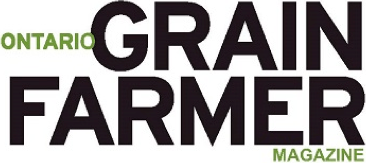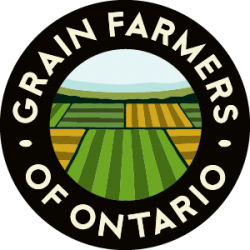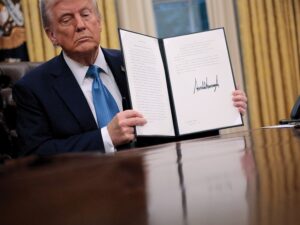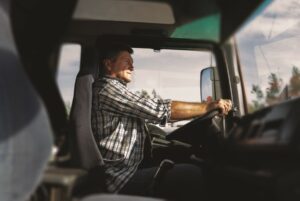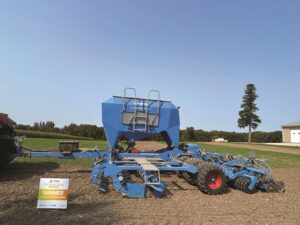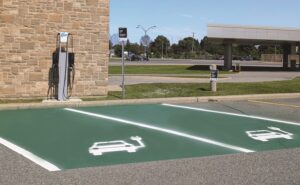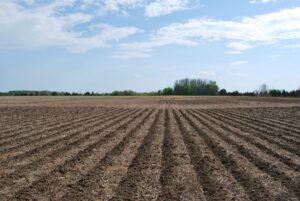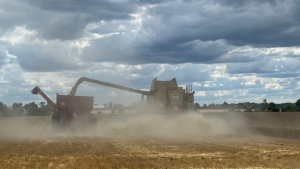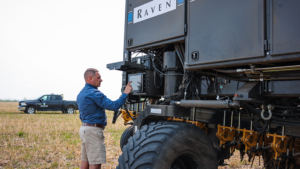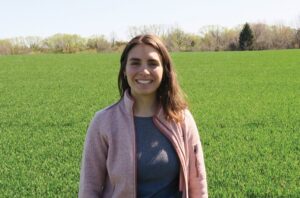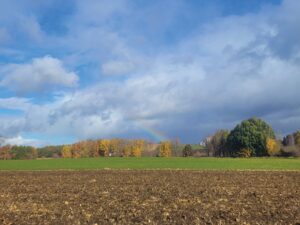Clearing the carbon confusion
A farmer's glossary
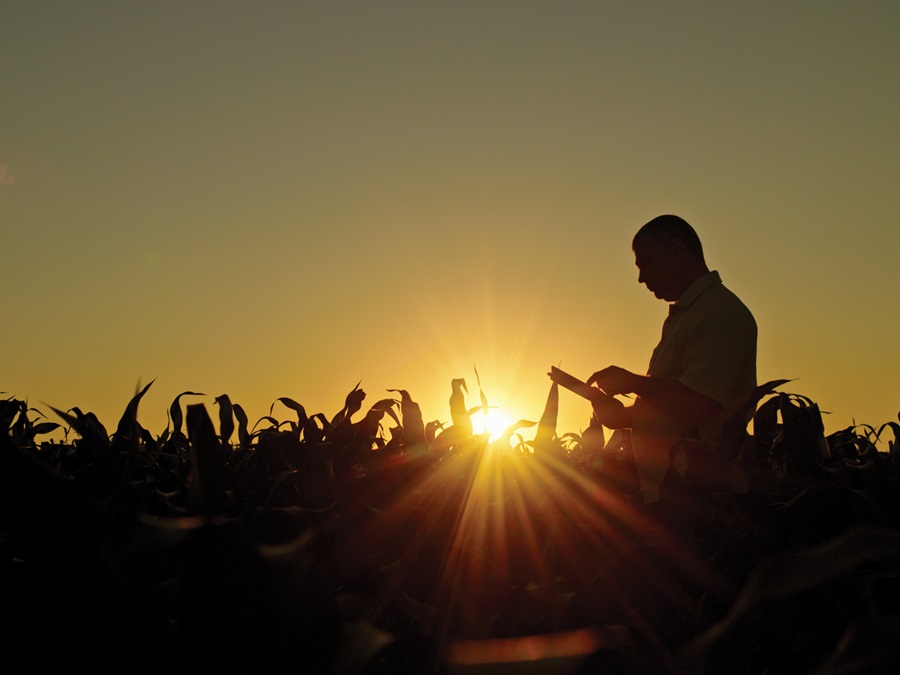
As conversations around climate change, sustainability programs, and carbon markets become more common in agriculture, so does a whole new set of terms and jargon. Understanding this language can help you better evaluate potential opportunities and challenges for your farm business. Here’s a breakdown of some key terms a farmer might encounter based on a Carbon Accounting Lexicon.
MEASURING CHANGE: WHERE DO WE START?
- Baseline/business as usual: think of this as the starting point. It’s a prediction or measurement of what would happen on your farm in terms of greenhouse gas (GHG) emissions or carbon storage without any new program, incentive, or change in practice. Any reductions or storage achieved through a new program are measured against this baseline. The “business as usual” scenario assumes things continue as they have been.
- Additionality: this is a critical concept, especially for carbon credit programs. For an activity (like planting cover crops or changing tillage) to be considered “additional,” it must happen because of the incentive or program. In other words, the GHG reduction or carbon storage wouldn’t have occurred under the “business as usual” scenario. You generally can’t generate a credit for something you were already doing, though that can be possible through carbon insetting.
- Life cycle analysis (LCA): this is a method used to assess the entire environmental footprint of a product, from raw material extraction through to its end use. It’s the foundation for calculating things like a product’s carbon intensity (CI) score. Read more about CI scores on page 14.
ABOUT CARBON CREDITS AND STORAGE
- Carbon credit/offset: this is a tradable unit representing one metric tonne (1,000 kg or 2,204.6 lbs) of carbon dioxide equivalent (CO2e) that has been reduced, avoided, or sequestered.
- Carbon dioxide equivalent (CO2e): different greenhouse gases (like methane – CH4 or nitrous oxide – N2O) have different warming impacts. CO2e is a way to express them all on a common scale based on their Global Warming Potential (GWP) relative to carbon dioxide (CO2) over a specific time (usually 100 years). For example, methane might be considered to have around 23 times the warming impact of CO2 over 100 years, so one tonne of methane equals around 23 tonnes of CO2e.
- Sequestration: this refers to the long-term storage of carbon. In agriculture, this often means building up carbon in the soil as organic matter through practices like no-till or planting perennial crops.
- Permanence: for sequestration projects to generate credible carbon credits, the stored carbon needs to stay stored for a long time, potentially decades or even 100 years, depending on the standard. The reduction can’t just be temporary.
- Offsetting: the practice of buying and “retiring” carbon credits to compensate for emissions made elsewhere.
ENSURING CREDIBILITY: RULES AND TRACKING
- Protocol/methodology: these are the detailed rulebooks for specific types of carbon projects (e.g., a protocol for N2O reductions from fertilizer management or soil carbon sequestration via conservation tillage). They define how to establish the baseline, monitor progress, calculate the emission reductions, and ensure additionality.
- Validation: the process of checking and approving a carbon project’s design (including its baseline and monitoring plan) before it starts generating credits.
- Verification: the process of confirming that the actual GHG reductions or carbon sequestration claimed by a project have occurred, usually done periodically by an independent third party.
- Registry: an electronic database that tracks carbon credits. Each credit gets a unique serial number to prevent double-counting. When a credit is used for offsetting, it is “retired” in the registry, so it can’t be sold or used again.
MARKETS AND POLICIES
- Compliance market: a carbon market created by government regulations, like a cap-and-trade system or Canada’s Clean Fuel Regulations. Companies covered by the regulation must reduce their emissions or acquire credits/allowances to comply.
- Voluntary carbon market: this exists alongside compliance markets. Companies, organizations, or individuals voluntarily buy carbon credits to meet their sustainability goals, offset travel, or make climate claims rather than being forced to by regulation.
- Cap and trade: a system where the government sets an overall
limit (cap) on emissions from a group of emitters. Emitters receive or buy permits (allowances) within that cap and can trade them. Those who emit less can sell permits to those who exceed their limit.
- Carbon tax: a direct fee imposed on the carbon content of fossil fuels or on GHG emissions.
WIDER FOOTPRINT CONCEPTS
Scope 1, 2, 3 emissions: These are categories used to track greenhouse gas (GHG) emissions. While originally designed for companies, the same principles apply to farms.
- Scope 1: Direct emissions from sources owned or controlled by the farm (e.g., emission from soil resulting from fertilizer applied, fuel burned in farm equipment used for farm operations, methane from livestock).
- Scope 2: Indirect emissions from purchased energy, such as electricity or heating fuels used on the farm.
- Scope 3: All other indirect emissions that occur up and down the value chain. For a farm, this could include emissions from the production of fertilizer and pesticides applied on the farm, emissions from the manufacturing and transport of inputs, and/or emissions from processing, transporting, or using the farm’s products after they leave the farm.
Note: If a retailer or food company is accounting for emissions, emissions on the farm would fall under their?
- Leakage is an important consideration where an emission reduction achieved by one project or policy inadvertently causes emissions to increase elsewhere. For example, restricting logging in one area simply pushes logging activity (and its associated emissions) to another area. The net benefit is reduced or lost.
- Insetting: this involves a company investing in emission reductions within its value chain (e.g., helping its farmer suppliers adopt practices that lower the CI score of the grain they produce) rather than buying external offsets.
Understanding these terms can provide a solid foundation as you navigate the evolving landscape of agricultural sustainability, climate policy, and potential carbon-related opportunities for your farm.
Ibrahim Mohammed, PhD, is Grain Farmers of Ontario’s sustainability and environment specialist. •
